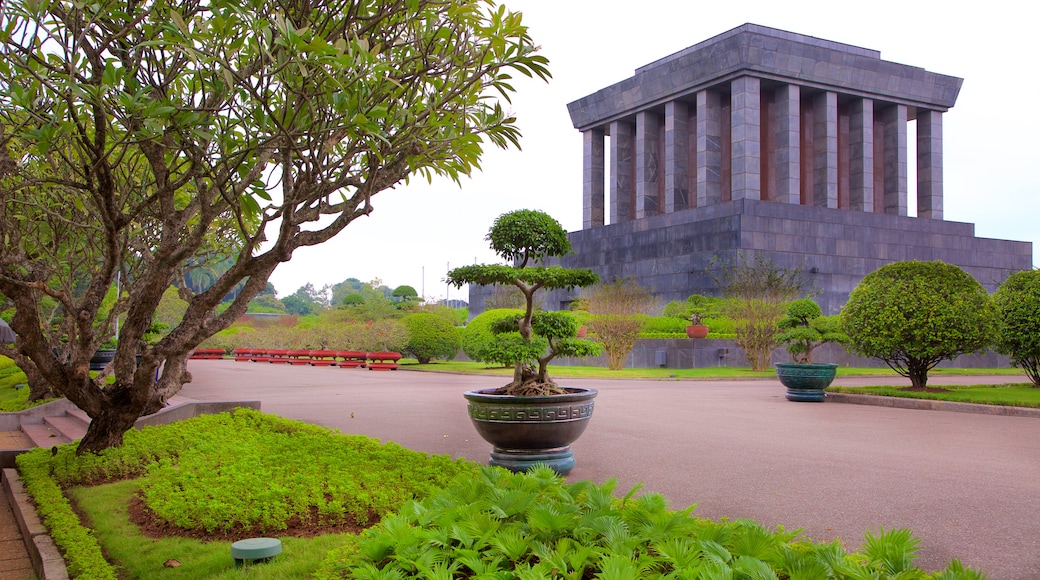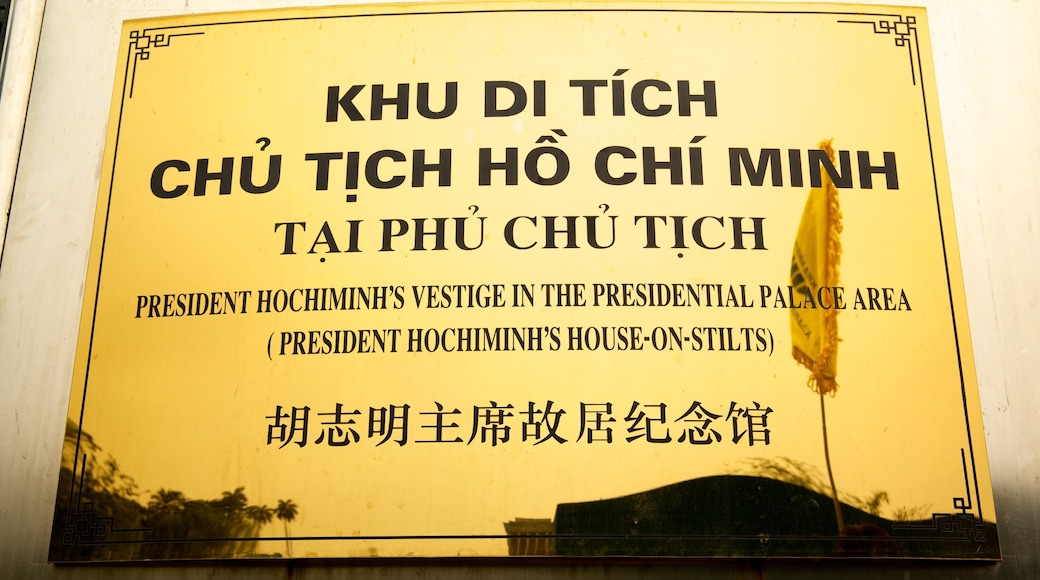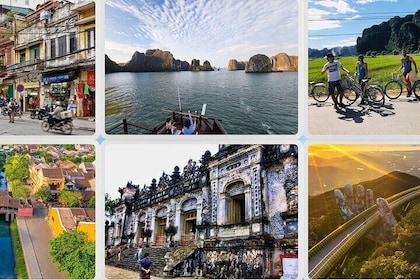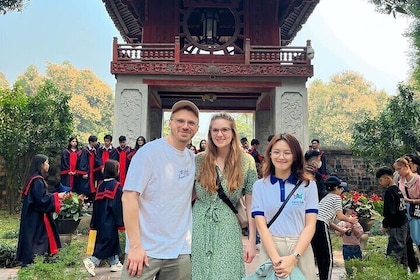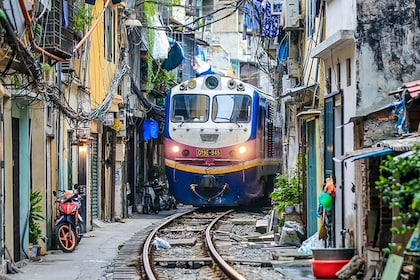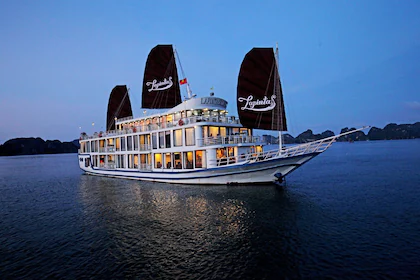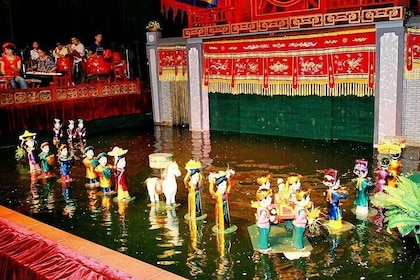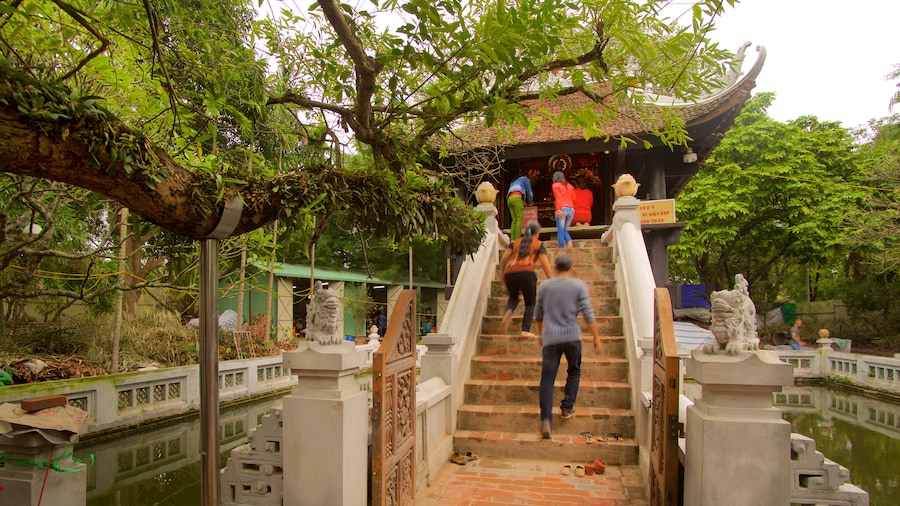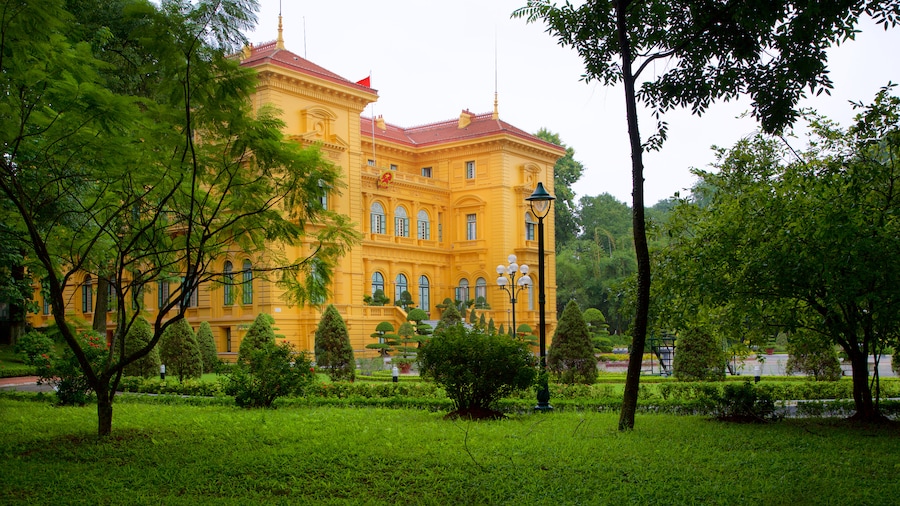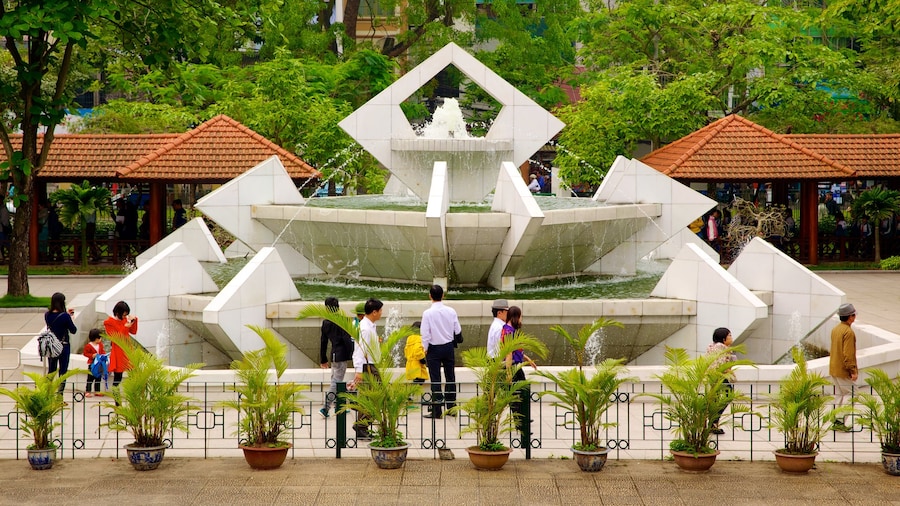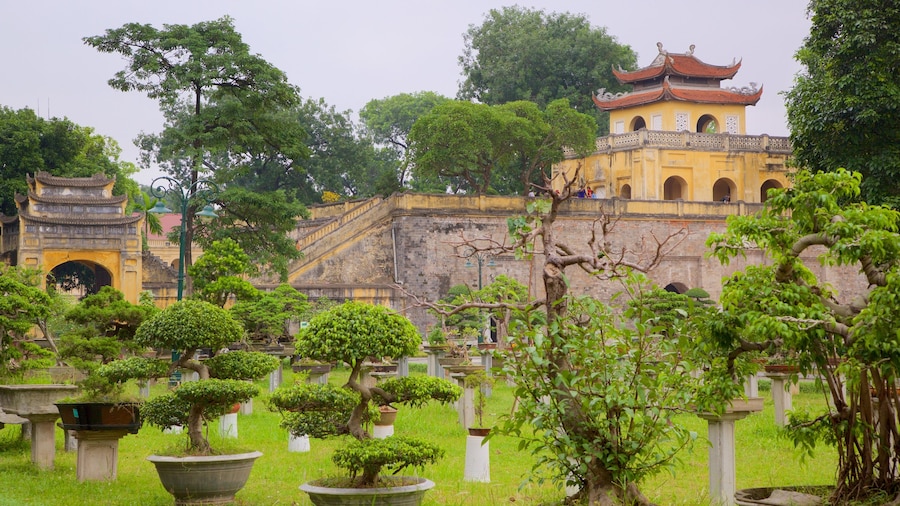Pay your respects to the embalmed body of Ho Chi Minh, Vietnam’s revolutionary leader.
Upon his death in 1969, Ho Chi Minh, former leader of the Viet Minh independence movement, was embalmed for posterity. His body appears to be in good condition and can be visited in the Ho Chi Minh Mausoleum, an extremely popular attraction in the Vietnamese capital. It is a monument of huge significance to many of the nation’s people.Ho Chi Minh, or "Uncle Ho” to some, was President of North Vietnam and a key player in Vietnam's recent history. His tomb stands in the historic Ba Dinh Square which was the scene of fighting against the French and the Japanese and the place where Ho Chi Minh himself read out the Declaration of Independence in 1945.Long queues are to be expected, but don’t let this put you off. People are ushered through quickly and the line is kept moving by armed guards. Once inside people must not stop moving, talk, take pictures, eat or have their hands in their pockets. Taking bags into the mausoleum is also forbidden. Ho Chi Minh is still a respected figure in Vietnamese society, and the guards here ensure that he is treated accordingly.Other attractions in Ba Dinh Square are the Ho Chi Minh Museum, the Presidential Palace, and Ho Chi Minh's residence (the former leader rejected the colonial-style Presidential Palace for a more humble wooden house on stilts) these are linked by a series of well-tended gardens.Ba Dinh Square is near Lake Ho Tay, to the north of Hanoi's city centre, and is easily accessible by bus or taxi. The mausoleum is open in the mornings but closes for lunch. It is also closed on Mondays and Fridays. A flag-raising ceremony takes place every day at 6 a.m., as does a flag-storing ceremony at 9 p.m. Admission to the mausoleum is free of charge. Avoid disappointment by making sure the body is in fact there: Ho Chi Minh’s body takes a two-month break in Russia every year for restoration purposes.
